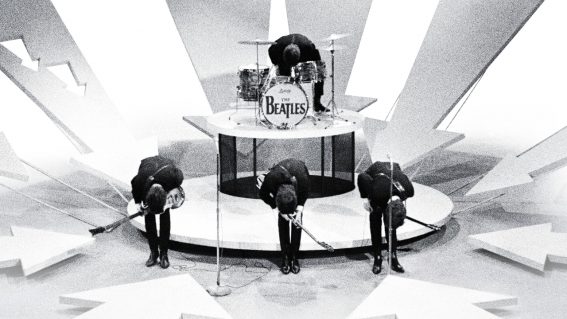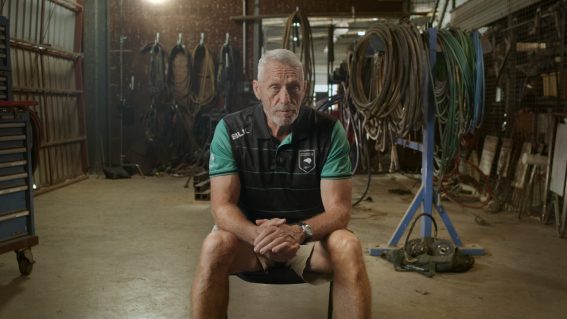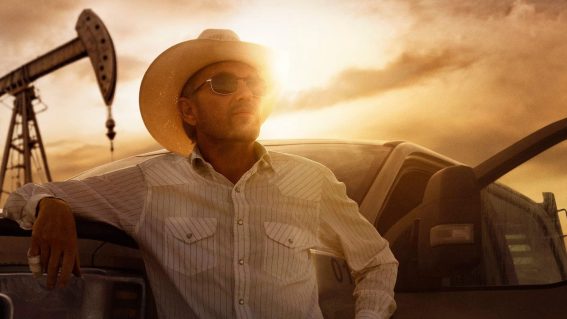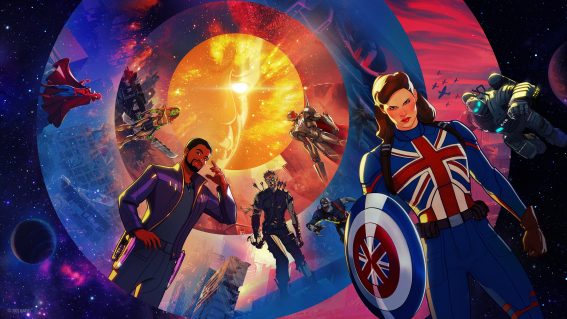Secrets in Pixar’s ‘Inside Out’ trailer

I have to admit: when I first saw the teaser to Pixar’s “major emotion picture” Inside Out, I wasn’t impressed.
For one, it spends the first half of the running time reminding you how amazing Pixar is with a montage of all their films (except Cars 2 lololololololol). The Luxo Jr. lamp would have sufficed, Disney.
Secondly, the use of Aerosmith’s Sweet Emotion feels both obviously placed and completely unfitting, as if the song title is enough to complement the tone of the film. Which it doesn’t.
And then there are the character designs: too simplistic for what we expect from Pixar and somehow so drastically different from one another that they don’t feel like they belong in the same universe. It’s as if you were to place a Despicable Me minion in a ring with Mrs. Incredible, Flint Lockwood, Tangled’s Rapunzel and Eeyore from Winnie the Pooh.
However, I’ve been horrible wrong with Pixar trailers before (Up, Monsters University). That learned wrongness provoked me to dig a bit deeper into this trailer, and I’m starting to connect the ways this film may secretly be brilliant.
Let’s look at the characters first:
Ultimately, the film follows a little girl named Riley, who has to learn to adjust to life in a new city.

To help guide her are her five emotions, personified beings that live in her ‘headquarters’.

Joy is a slender, pretty, wide-eyed pixie dream girl (complete with a pixie cut); Sadness is a chubby girl with glasses who rocks a sweater-slipper combo like she’s about to attend a funeral; Anger is a furry square dude in a business suit; Disgust is a snooty Valley Girl who only wears labels and Fear is a walking Picasso painting.
What disturbed me at first was how Joy – clearly the leader of the gang – is depicted as the ideal. It immediately strikes the correlation that feeling joyous is to be physically attractive, to be thin, and to never stop being peppy. Then there’s the correlation between the feeling of sadness and the physical attribute of portliness and introversion.
Given this, it can be easy to jump the gun and assume that what Pixar is telling us is that the idea of ‘joy’ for little girls IS to be thin, attractive, and constantly bubbly were as girls who are not thin, wear glasses, and prefer knitted attire are recognised as ‘sad’.
This, I believe, would be misdirection.
What if these characters – Joy, Sadness, Anger, Disgust, and Fear – are all constructs of what Riley has perceived in the world around her? Could her own depiction of these emotions derived from what she’s been exposed to over the years (school children, mass media, etc.)?
It makes a lot of sense for Riley to depict ‘Joy’ as a pixie-fied princess had she just seen Frozen. It would also bring some sense as to why these characters look so childishly simple yet, given the complexities Riley is going through, also appear so disorderly in design.
The construction of her emotions’ characteristics is also likely to be influenced by her parents through observation of their behaviours. If you look at the brief shot we get of the family, you can recognise Anger sharing similar attire with Riley’s dad (tie, business shirt, formal pants and shoes).
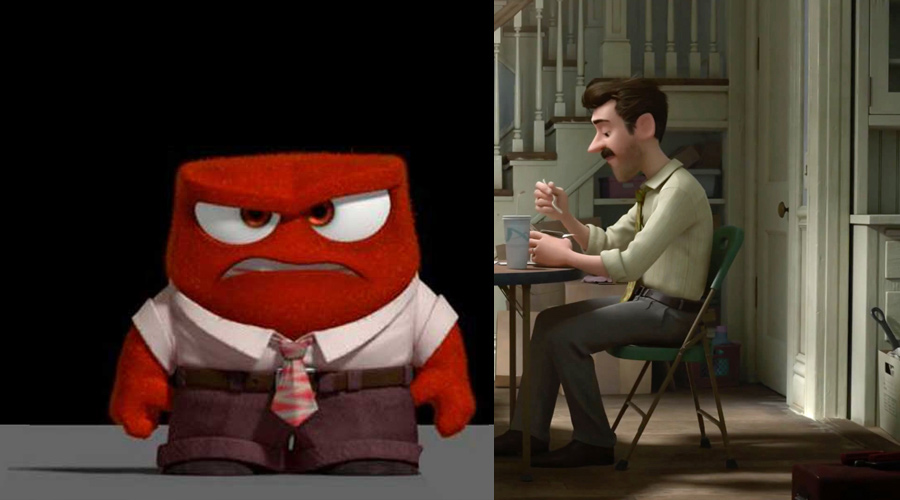
Given the lack of furniture and their takeout dinner, it’s reasonable to assume he doesn’t have a well-paying job (this might explain the family moving house, which might also explain the lack of furniture). It’s also reasonable to assume that Riley has observed her father’s frustration towards his job, hence why anger is dressed accordingly.
Now take a close look at Riley’s mother. She wears glasses, a knitted jersey, and Hulk-friendly stretch pants. Very much like…
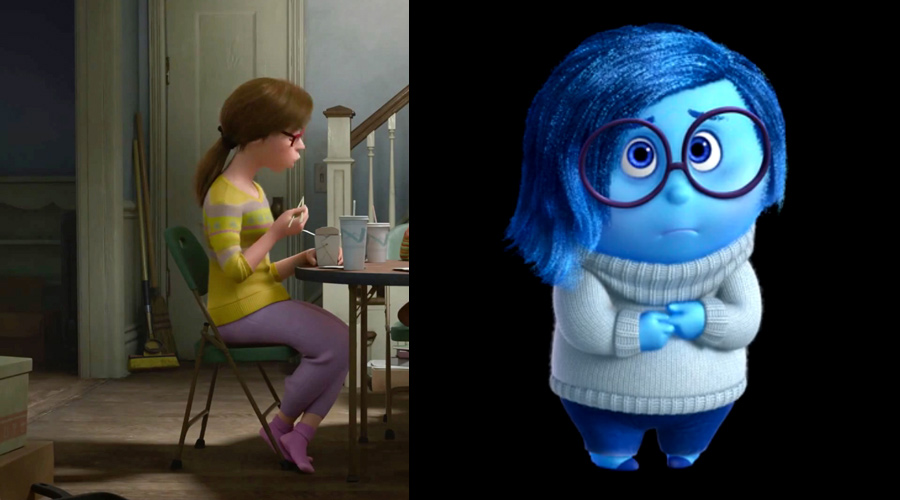
So what experiences and observations has Riley had to help conjure up the personifications of Joy, Fear and Disgust? Hopefully, the rest of the film will fill in those blanks.
If my optimistic theory proves to hold some weight – and dear God, I hope it does – Inside Out may just be a work of genius.
But, like I said, I’ve been wrong about Pixar trailers before. And I’ve been burnt before by the Disney studio thanks to a trailer I thought would lead to a “work of genius”.
It’s baffling to think how Pixar could pull off such paediatric psychological complexities with family-friendly elegance, but they’ve been that daring in the past – demonstrating themes around mortality, loneliness and the struggle to let go in 2009’s masterful Up.
Oh, and the writer-director of Up, Pete Docter, is the writer-director of Inside Out too.

